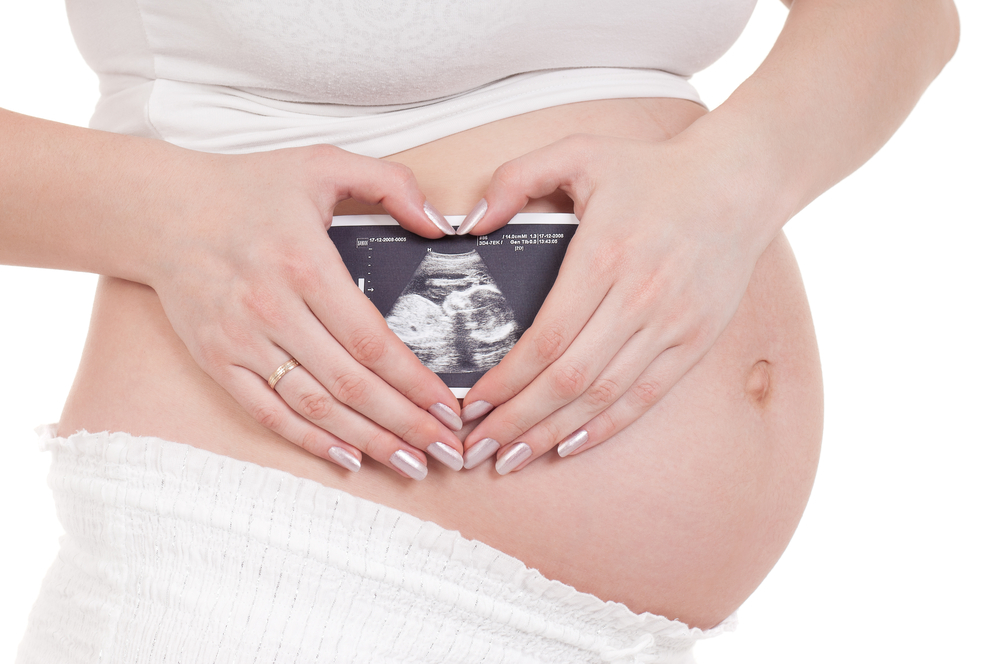US Infertility Rates Drop Over Last 3 Decades

Infertility rates among U.S. women have fallen, but more women who eventually do get pregnant are having problems conceiving or carrying a child to term, a new report suggests.
Between 1982 and 2010, the percentage of married women ages 15 to 44 who were infertile — meaning they did not become pregnant after a year of unprotected sex with the same partner — declined from 8.5 percent to 6 percent, according to the report from the Centers for Disease Control and Prevention. That translates to about 1 million fewer infertile women in this age group in 2010 than in 1982.
Looking at only the oldest women included in the report (women ages 35 to 44), researchers also found their infertility rate decreased over the study period, from 44 percent in 1982 to 27 percent in the years between 2006 and 2010.
Contrary to a public perception that infertility is increasing, "in truth, the data don't support that infertility is on the rise," said study researcher Anjani Chandra, a demographer at the CDC's National Center for Health Statistics. [11 Big Fat Pregnancy Myths]
However, the percentage of married women who experienced difficulties becoming pregnant or carrying a pregnancy to term — medically known as impaired fecundity — increased slightly over the study period, from 11 percent in 1982 to 12 percent in the years between 2006 and 2010. Rates of impaired fecundity peaked in 2002, at 15 percent.
Among all women (not just those who are married) the percentage with impaired fecundity increased from 8.4 percent in 1982 to 11 percent in the years between 2006 and 2010.
Women are more likely to experience difficulties becoming pregnant as they get older. In recent years, 11 percent of married women ages 15 to 24 had difficulty becoming pregnant, compared with 47 percent of those ages 40 to 44.
Sign up for the Live Science daily newsletter now
Get the world’s most fascinating discoveries delivered straight to your inbox.
Chandra said more women are now having children at older ages, which increases the risk of fertility problems and fertility loss. But the availability of fertility treatments may, in part, counteract this trend, so that on the whole, infertility rates have not changed much.
Use of fertility services may also lower the percentage of women who fit the definition of infertility used in the study, Chandra said. Women who experience problems becoming pregnant today may seek medical services quickly, and become pregnant before the 12-month period that would be needed to classify them as infertile, Chandra said.
It's important to note that not all women in the study who were classified as infertile may have wanted to have a child. About 40 percent of childless women with fertility problems did not intend to have a child in the future, the study found.
The report is published today (Aug. 14) by the CDC's National Center for Health Statistics.
Follow Rachael Rettner @RachaelRettner. Follow LiveScience @livescience, Facebook & Google+. Original article on LiveScience .

Rachael is a Live Science contributor, and was a former channel editor and senior writer for Live Science between 2010 and 2022. She has a master's degree in journalism from New York University's Science, Health and Environmental Reporting Program. She also holds a B.S. in molecular biology and an M.S. in biology from the University of California, San Diego. Her work has appeared in Scienceline, The Washington Post and Scientific American.
Man gets sperm-making stem cell transplant in first-of-its-kind procedure
'Love hormone' oxytocin can pause pregnancy, animal study finds










